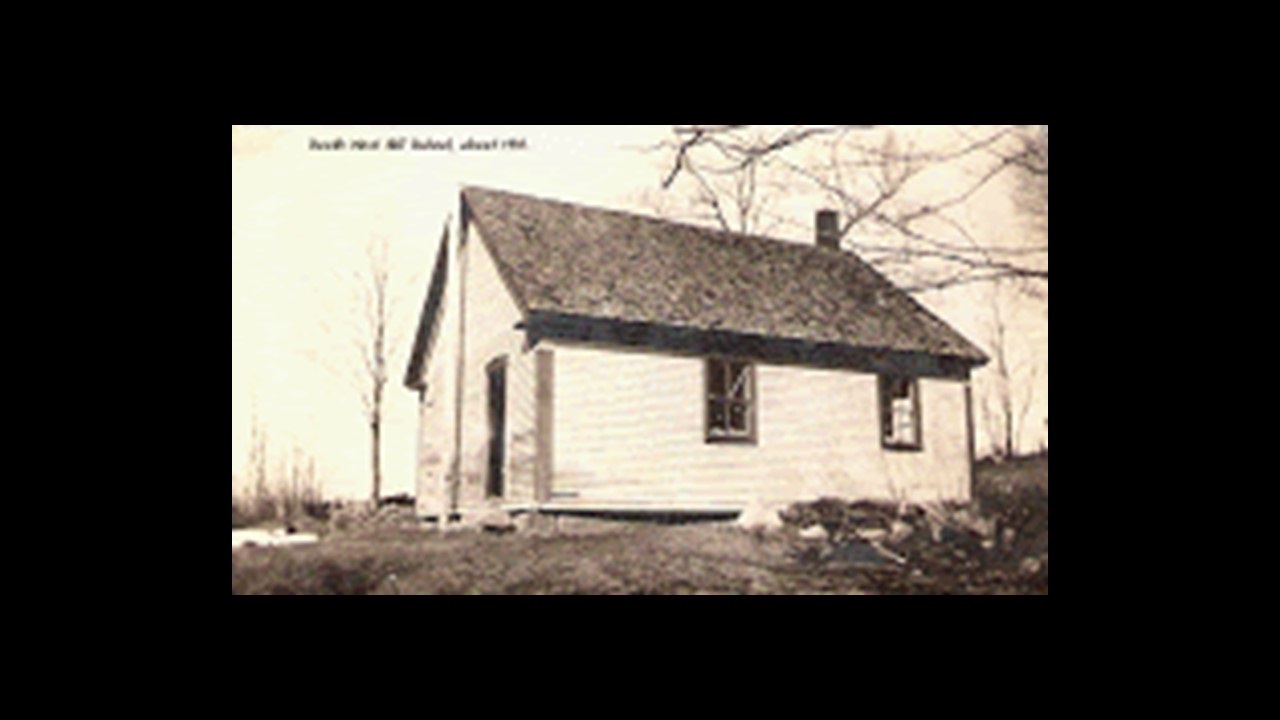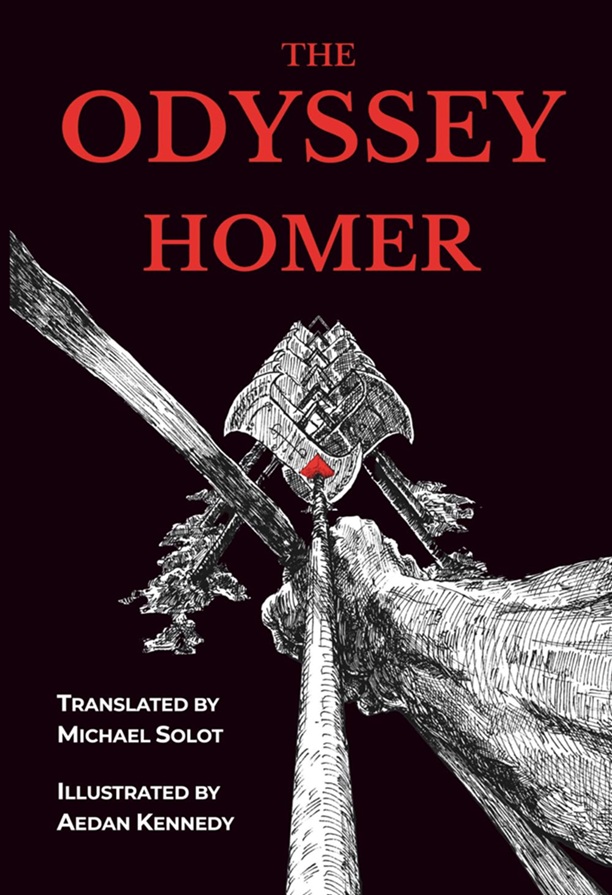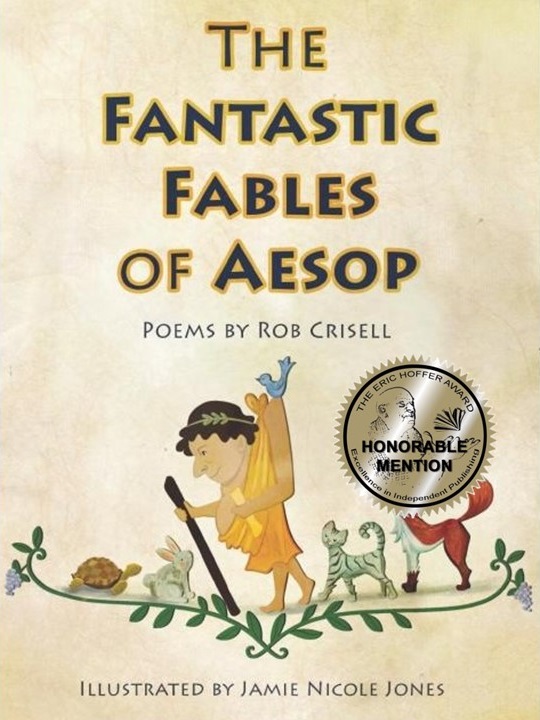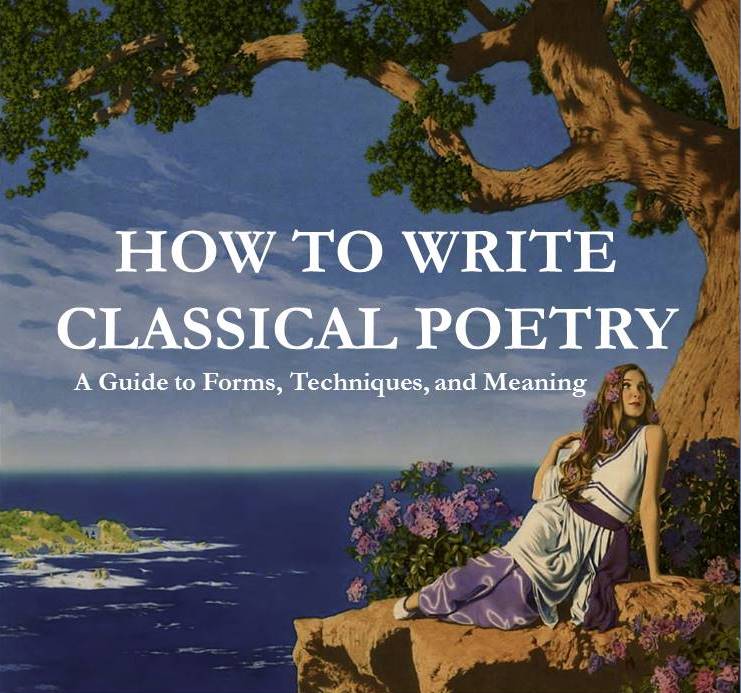.
Hookerville School
Built just before the Civil War, employed till twenty-nine,
This one-room school that stands today withstood the test of time.
Turn back the clocks to times long passed, so many years ago,
Some children trudged a mile to school, through rain and sleet and snow.
Upon the wall a chalkboard hung, behind the teacher’s desk,
Back near the woods the privy stood, where often birds would nest.
A pot-bellied stove to warm the room burned seven cord a year,
The oldest boys would tend the stove and always volunteer.
There wooden desks with hard plank benches, students side by side,
The teacher fostered much respect, for rules they would abide.
Some children young as five years old, a couple past sixteen;
The students varied daily, for they came when work was lean.
Allegiance to our flag was pledged, likewise a morning prayer.
The daily lesson started quick, no teacher would forbear;
And all the rules of proper grammar and diction were applied,
The Palmer Method penmanship was looked upon with pride.
When schooled about the revolution, George Washington was key
To understand the founding of our nation’s history.
They had respect for classics and for every ancient tome;
They learned to read and calculate just as in ancient Rome.
.
Palmer Method: a form of penmanship developed in the late nineteenth, and early twentieth century. Basically, it taught a uniform style of cursive writing using arm rather than finger movement. The arm movement was supposed to lessen writing fatigue. Individual letters were distinct, connected, and flowed smoothly.
Cord: a unit of measurement for firewood or pulpwood. It is 8 feet in length, by 4 feet high, by 4 feet wide.
.
.
Phil S. Rogers is a sixth generation Vermonter, age 72, now retired, and living in Texas. He served in the United States Air Force and had a career in real estate and banking. He previously published Everlasting Glory, a historical work that tells the story of each of the men from Vermont that was awarded the Congressional Medal of Honor during the Civil War.















Yet another splendid description of the old ways, Phil! I have to love it especially because of the pride of place given the Palmer Method. My grandmother was schooled at home until she was sent away to high school, because there was not even a one-room schoolhouse in her tiny village. I have seen the Palmer Method chart my great-grandmother used. I am the fourth generation to model my handwriting on it (except that I don’t use Q’s shaped like 2’s). When I homeschooled my own children, I was able to buy long Palmer Method tape strips to apply to their desk pads; the ideal was always in view. Several other similarities between their experience and that of children in times past, including one of their first readers, “Famous Men of Greece and Rome.” Thanks for doing your best, in this poem as in others, to capture and pass on our nearly forgotten history and culture.
Margaret; thank you for your nice comments. Actually, my mother taught at this school in its last year of operation, 1929-30. I still have her hand-held brass school bell.
I’m suddenly a kid watching Little House on the Prairie when they built the school, and the episodes that followed.
I worked at a ‘bush’ school in Africa, where some kids regularly walked 8 kilometers from outlying farms to school. The furthest was 15 km. That one mile you mention, Phil, seems a bit small. How about using your poetic licence?
Thanks for a joyful read.
Paul; actually the town in its early days had five outlying small schools surrounding the main village. They were often less than two miles apart, but being consolidated by the 1930’s. The day of the horse and buggy was over.
Until I reached the age of six and went with my mother to the big school in Bonesteel, South Dakota, she would take me to the Star Valley township one-room schoolhouse ten miles outside of Fairfax to substitute teach for my aunt. The main thing I remember is sitting on those benches where she would play the piano for music time. I learned songs like “Little Bucky Daddles.” Your poem took me back to that time as described including the potbellied stove. The one-room schoolhouse is a nostalgic memory of that important institution. Thanks for igniting the memories.
Roy; Very happy the poem brought back some pleasant memories. So much of our past history, even 20th century, is lost today. Thank you for the comment.
What a wonderful poem of a cherished memory! One-room schoolhouses were once ubiquitous. My father attended one near his boyhood home. Your poem makes me want to practice cursive again, just for the fun of it. Is it even taught in schools anymore?
Cheryl, thank you for your nice comment. I have no clue if they teach cursive in schools today, but I have seen some Gen. Z kids that print rather than write.
My kids were taught cursive in school, but that was 40+ years ago. Many schools have much lower standards today.
This poem evoked good old schooltime memories. Each vivid description had me completely immersed in it, especially the part about the privy guardian, the garden housing a bird family, and the morning prayer. We had Our Father as our morning prayer. Beautiful days…
Thank you for writing it, Phil. A poem to cherish forever.
Shamik; Thank you so much for your nice comments, they are greatly appreciated, and glad it brought back some good memories.
There was a certain cohesive meaning to the education of the small schoolhouses which stays in memory, even when one has not personally experienced it. I think of my father, who, having married, taken a job, raised a family and retired, drew well enough to be offered an exhibit, wrote poetry and a weekly column for a local paper.
He also organized and became Town Historian in Evans, NY.
He was much loved in the community. People used to leave priceless items from decades back for him on our broad open porch under the shade of a 300 yr. old red maple, confident they would be safe. No one ever stole or destroyed one handwritten page. After all, he was the Historian, and was bringing honor to the Town. Maybe he wasn’t the best poet he could have been, but sometimes he was. But he had been taught that anything was possible. I cherish that memory.
Thank you for giving that back to me with your poem.
The one-room schoolhouse had few amenities, but there was one great advantage over contemporary classrooms: a small number of students meant that the teacher could give plenty of individual attention to the needs of every child. That included when the attention required a birch switch.
Today where I teach, I have a register of 55 students in one class. You don’t even get to know anybody’s name in a situation like that.
Nothing this down-to-earth would ever be taught today. I guess that makes you and me old-timers. The old Case School in Morrisville, PA was haunted with history and memories, with a large playground dominated by three huge stinkbomb (Ginkgo biloba) trees. If I could eat my memories, then I would be a very large man.
I am trying to reach Phil S Rodgers to obtain his permission to use the poem he wrote about Hookerville One Room Schoolhouse in my book about pioneer era history, in the chapter I wrote about the one room schoolhouse. Thank you.